15 de diciembre 2020
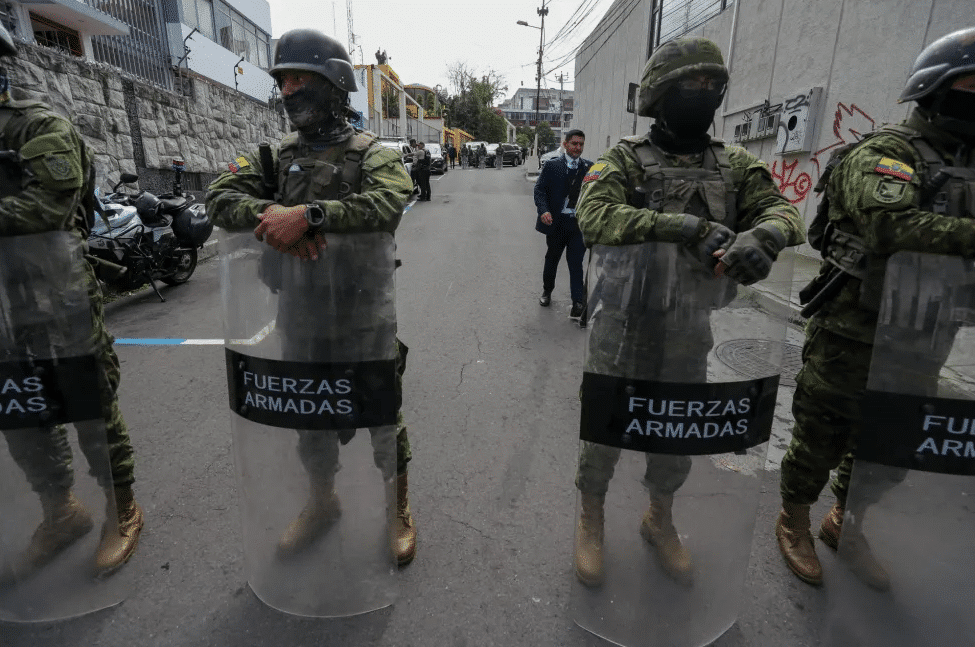
The Return of the Military

PUBLICIDAD 1M
PUBLICIDAD 4D
PUBLICIDAD 5D
Through Nica Signs. Carlos Zúñiga collects photos of signs that are a reflection of our sense of humor, but also of our economy and education
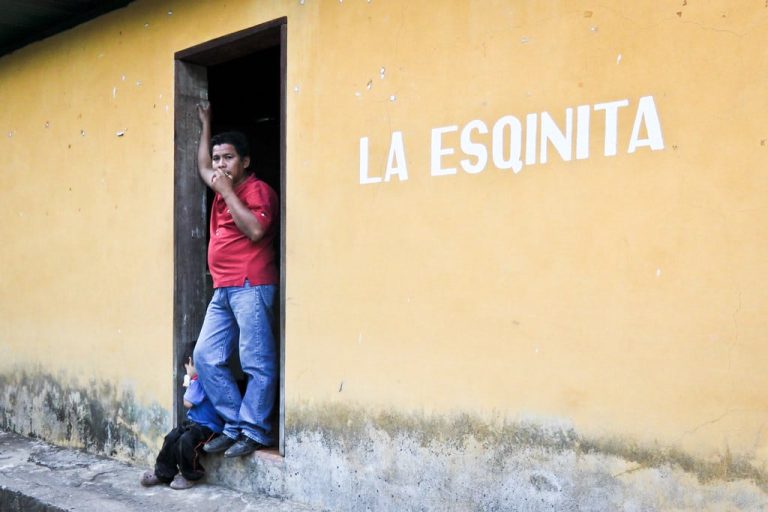
Photo: Jakob Christensen | Flickr.com | Creative Commons
When Carlos Zúñiga was a boy, he used to spend his weekends visiting his grandmother in Masaya, a city located 20 minutes south of Managua. His grandmother’s neighbor, a man called Napoleon, made signs for a living. On Sundays, taxis or buses would always be parked outside the house, and Carlos would watch as Don Napo, as he affectionately referred to him, painted his colorful and decorative designs.
“I remember seeing this man working with these sponges and making some color gradients that have nothing to do with each other, like a white, red and blue - and when I was little I used to say ‘Don Napoleon’s work is super!’, I wanted to make the designs on buses”, he recalls, laughing.
The designs Zúñiga refers to are the ones you usually see on the front or the back of buses when you travel in Nicaragua. They either indicate the route they are following - for instance “Masaya-Managua” - or they are personalized with other decorations, such as the name of the driver's wife, his family name, or religious and inspirational messages.
Today, Carlos still holds this particular interest in something many people are perhaps very used to seeing in their surroundings. For a few years now, the director and co-founder of Madre, a communications consulting firm based in Managua, has been curating an Instagram page dedicated to the different signs that he comes across in Nicaragua: Nica Signs.
The Instagram page is a collection of photos of signs found on public streets, outside businesses, on taxis or buses, and outside people’s homes, which capture a range of emotions and serve as a reflection of different aspects of Nicaraguan society.
Many of the signs featured on Nica Signs are of buses customized with quotes, with motivational sayings such as: “If you are afraid of change, you will never be the best”, and at times references to religion: “Jesus, my faithful friend”.
Other times, signs can get very creative. In one of Zúñiga’s photographs, he captured the front of a three-wheeler taxi with the text “Christ Transforms” using the same font as Transformers, the popular movie franchise, accompanied by an image of Optimus Prime, the protagonist - but with a cross incorporated into the design.
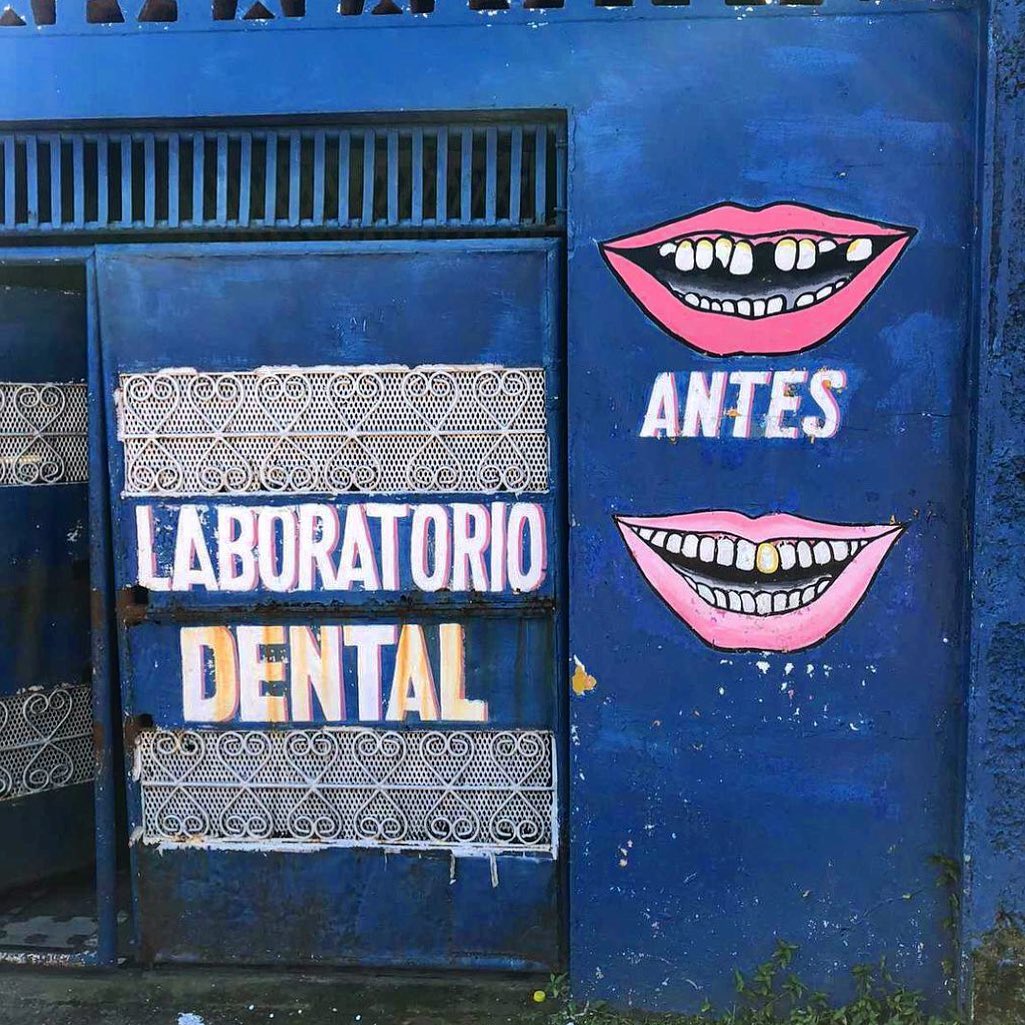
Cortesía | Confidencial
Aside from his memory of Don Napoleon, Carlos mentions several different sources of inspiration that helped shape the idea of creating Nica Signs.
He recalls attending a conference by Italian-American graphic designer Louise Fili and being intrigued by her artistic process. Carlos explains that Fili took pictures of signs, numbers on old buildings, or the iron sign of an ice cream parlor in the 1960s or 70s and that she used that as inspiration to create typographies and incorporate the things she photographed into her designs.
“And at some point, I started to think, what if I do this in Nicaragua, where we don't necessarily have a base ... that is, we don't have the old buildings in Managua because they were all lost (in the 1972 earthquake). But perhaps you can find some of that in the popular graphics on the streets, or in typography.”
Another source of inspiration for Carlos was a friend who noticed a series of similar murals (on businesses, typography) throughout the city of San José, Costa Rica. He tracked down the artist behind the murals, and together with the artist, created a book to showcase his work.
Through his Instagram account, Carlos has also found other people with an interest in signage who share similar content, such as Identicacr - focused on sharing signs from Costa Rica, and EntreComillado - capturing the use of unnecessary quotation marks.
Although Carlos’ Instagram is dedicated uniquely to Nicaraguan signs, he has encountered similar examples while traveling, and says “I believe that the way we do them in Nicaragua is a more Latin American reflection”.
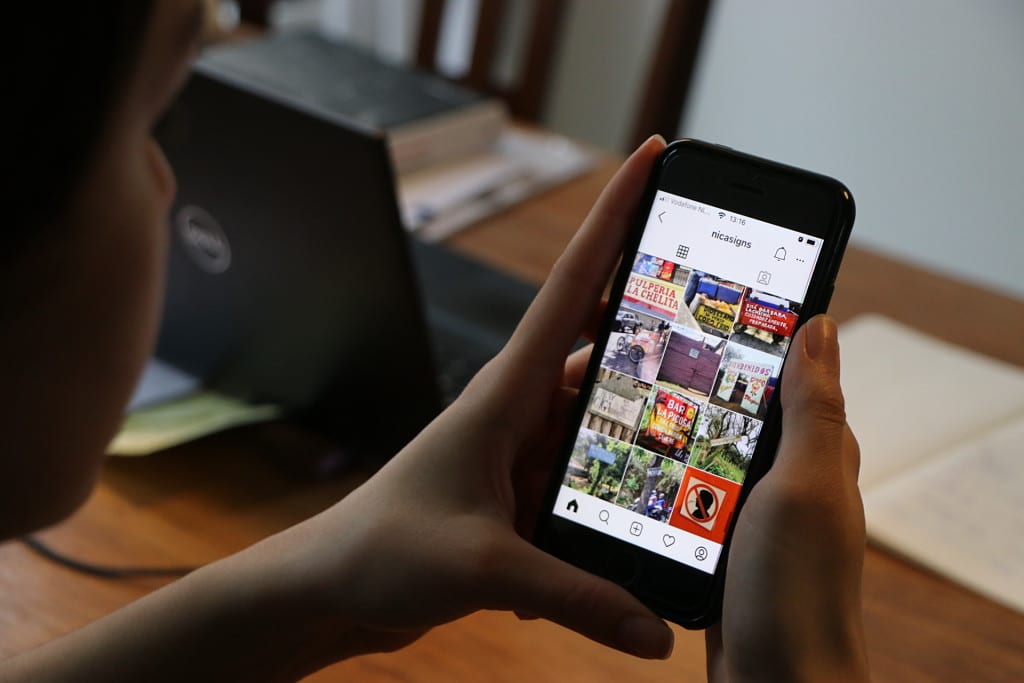
The Instagram page is a collection of photos of signs found on public streets, which capture a range of emotions and serve as a reflection of different aspects of Nicaraguan society. Photo: Ana María Sampson | Confidencial
By paying attention to signs all across Nicaragua, and the engagement of followers on Instagram, Zúñiga is able to share insights, discoveries, and analytical comments about what these signs could represent in Nicaraguan society. He describes these signs as a type of “thermometer” of our society. For instance, signs typically include grammatical and spelling mistakes.
“It simply shows that we are a population that struggles with the issue of education (...) I also see an economic need, because very often you find signs made by small businesses. It’s complicated, right? Because it’s funny and sad at the same time,” says Zúñiga.
Julio César Membreño, graphic designer and professor of Signage at Universidad Centroamericana (UCA), explains that the progress of Signage is usually linked to the economic development of a country, and is also connected with the development of a brand image and corporate identity.
“If someone sells “Nacatamales Virgin Mary”, and what they do is paint a little virgin Mary on the side, the signage with corporate identity is already there. If the piece we are talking about has a function of providing information and has a purpose of promoting a business, it is still corporate,” he clarifies.
Membreño notes that in Nicaragua, “things are done with zero budget, or a very little one, so the quality or development of Signage is still in the making. There are many people with training but there is no market,” he says.
Regardless of budget or training, the professor expresses that Nicaraguan signs are still fulfilling the goal of signage, which is to identify, regulate, and facilitate the services required by individuals in a given space.
Membreño also appreciates the value of handmade signage. “What I really like about this type of sign is the organic part, in the sense that a human being does it with a brush. From a semiotic point of view, it is a powerful message. If it was made with a brushstroke, it shows if it was a quality brush, if the paint was bad, if they did it on cardboard or wood. There is a message there," he notes.
Moreover, the graphic designer adds that the construction industry, in particular, goes hand in hand with signage, and both have declined since 2018, which is when Nicaragua’s political crisis started and led to an economic recession. However, he fondly refers to the resilience of Nicaraguans, adding: “We should admire ourselves. We do not lose our humor and we move forward. They (Nicaraguan Signs) are interesting, very humorous, and - that’s why I say it’s a form of communication - it reflects the feelings of the people”.
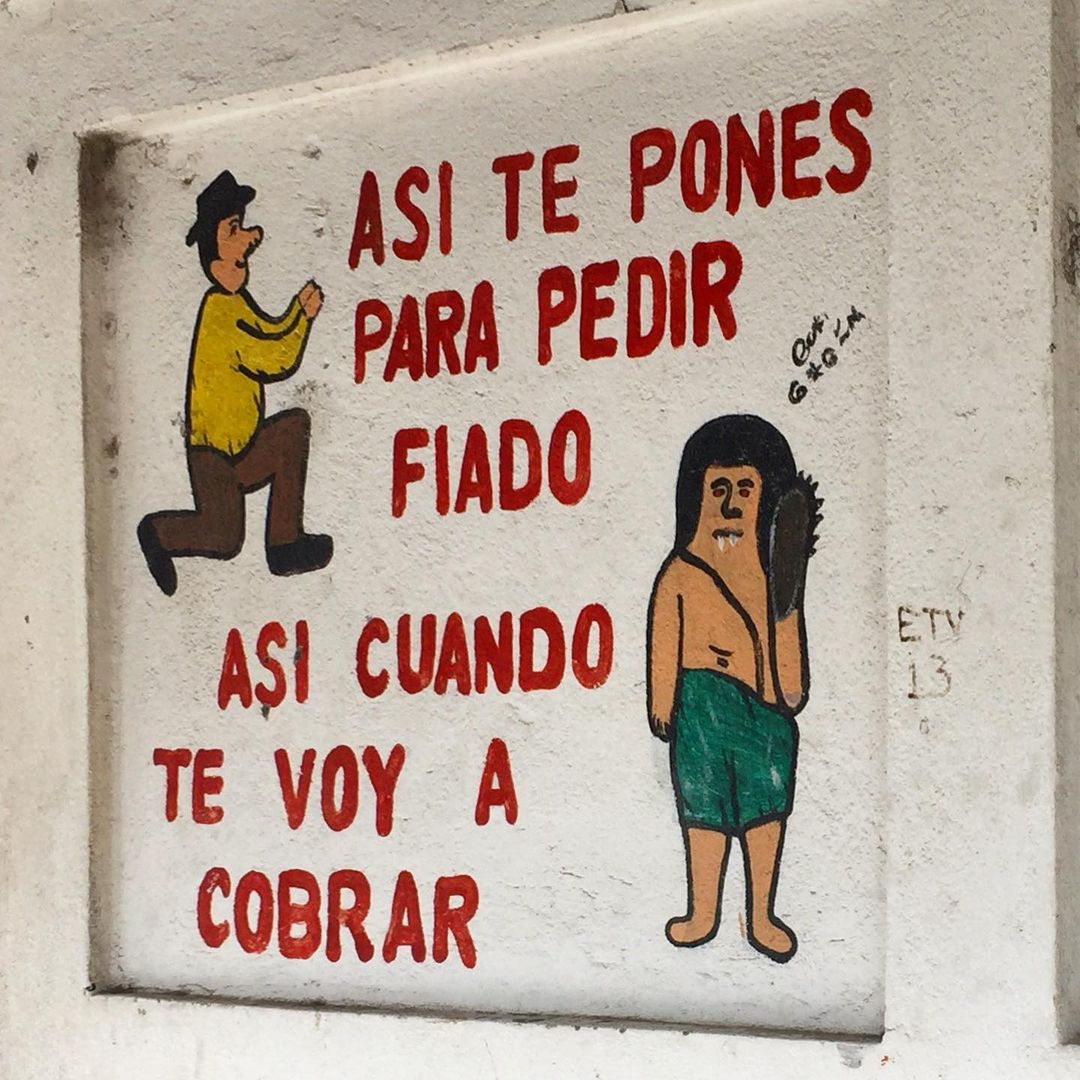
Cortesía | Confidencial
Nica Signs started as a documentation of signage, but as more Nicaraguans started to take notice of the page and sending in their contributions, it developed into something humoristic. “I began to share with some more humorous captions and perhaps loosened up on the original idea.”
At this point, Zuñiga has lost count of the number of images he has received because as the following of Nica Signs grows over the years, more people send their own images of interesting things that they notice on the streets.
When it comes to the images that Carlos selects to be featured on the page, the visual aspects and the underlying message of the image both play a role - sometimes leading to an internal discussion because of two factors: some images are very sexist. And, on the other hand, some people might find some of the posts offensive.
“You are making fun of someone who cannot write well,” people have told him. “Well, I see it just as something curious and popular. Obviously, we do not know how to write well if we are a poor country, with low education ... but it is also a reflection of that,” he says.
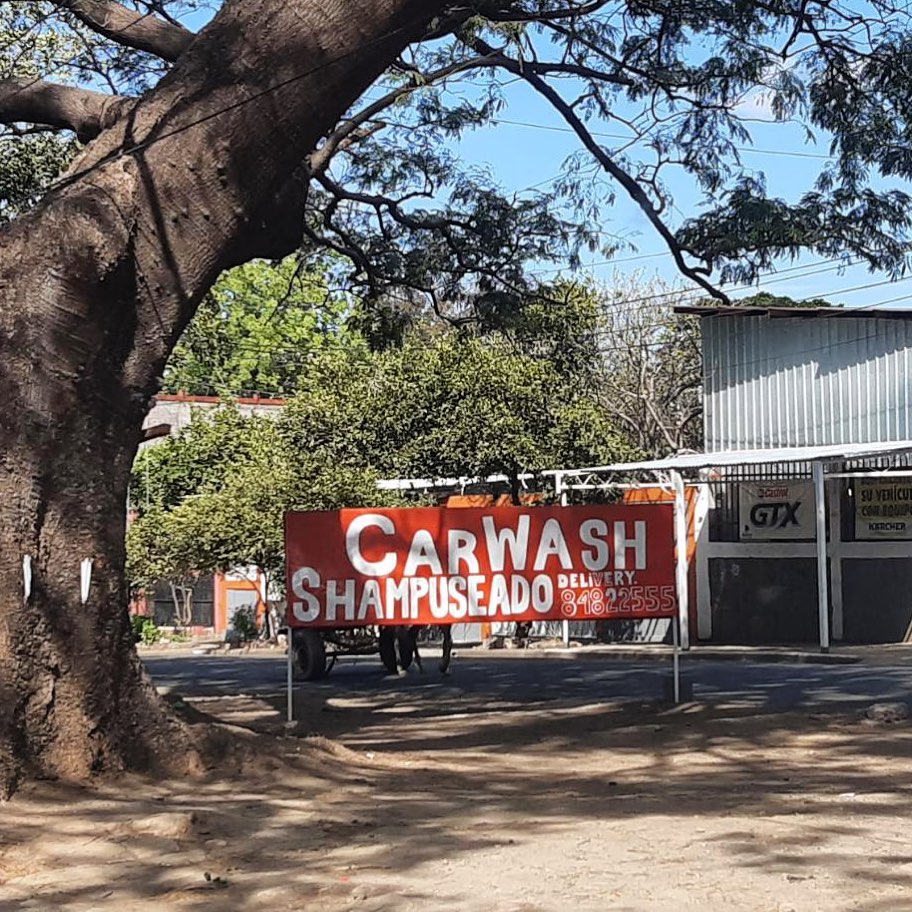
Cortesía | Confidencial
In regards to future plans for Nica Signs, Zuñiga says he dreams that it could eventually become a little book to be sold at the airport so that people can take a little bit of Nicaraguan popular graphics and humor with them after visiting the country.
Unexpectedly, a driving force behind Nica Signs is to contribute to the growth and development of creative individuals in Nicaragua. For Zúñiga, Nica Signs started as one of many personal projects, which he considers to be something of value in one’s day to day, particularly among creative people.
“It (Nica Signs) is something that I do in my free time, something that has no commercial commitment to anyone, and it is something that fills a very particular curiosity of mine, that nourishes me, and that challenges me”, he explains.
For Carlos, Nica Sings is an example of that: a creative outlet that challenges him to grow, and grow with others.
Archivado como:
PUBLICIDAD 3M
PUBLICIDAD 3D